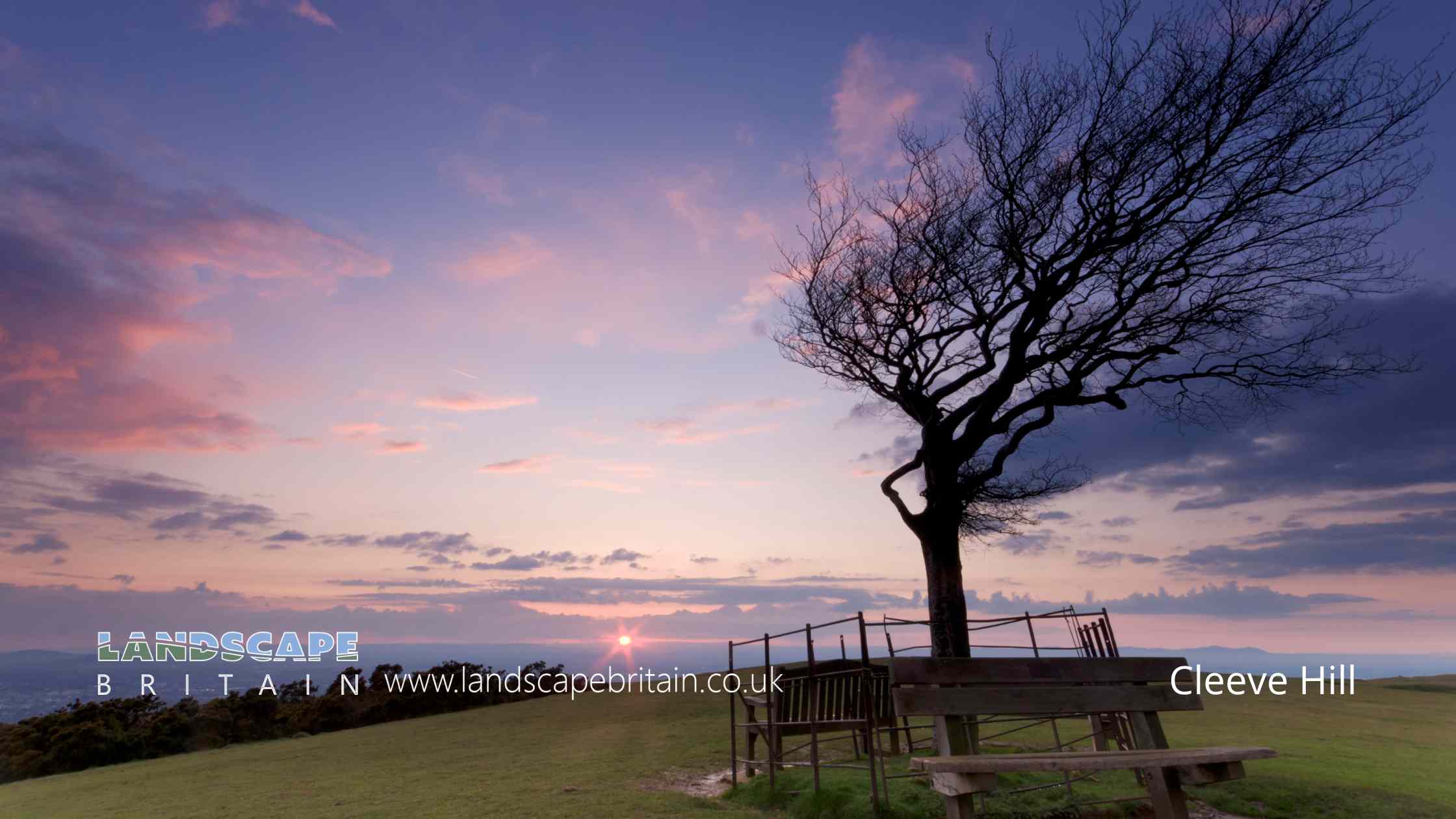
Cleeve Hill
Cleeve Hill
Cleeve Hill, nestled in the scenic surroundings of Cheltenham, stands as a beacon of natural beauty and serenity in the heart of the English countryside. This hill, the highest point in the Cotswolds, is not only a geographical landmark but also a symbol of the harmonious blend of nature and history that characterises the region.
Dominating the landscape with its impressive elevation of 330 metres above sea level, Cleeve Hill commands a breathtaking view of the surrounding areas, including the Severn Valley and, on clear days, the distant Welsh mountains. The hill is part of the Cotswold Hills, a range known for its quintessentially English countryside, dotted with charming villages and rolling fields.
The appeal of Cleeve Hill lies not just in its natural beauty but also in its rich history. The area has been a site of significance since ancient times, evidenced by the presence of various historical landmarks. One such notable site is the Iron Age hill fort, which stands as a testament to the area’s historical importance. These remnants from the past offer a glimpse into the lives of those who inhabited the region centuries ago.
Moreover, Cleeve Hill is a popular destination for walkers and nature enthusiasts. The Cotswold Way, a famous long-distance walking trail, passes over the hill, providing hikers with an opportunity to immerse themselves in the beauty of the English countryside. The hill’s diverse flora and fauna add to its charm, making it a haven for wildlife enthusiasts and botanists alike.
The hill is also a significant part of the local community in Cheltenham. It serves as a backdrop to many local events and activities, and its presence is a source of pride for the residents. The community’s connection to Cleeve Hill is evident in the efforts to preserve and protect this valuable natural asset, ensuring that it remains a cherished part of the landscape for generations to come.
Cleeve Hill in Cheltenham is more than just a geographic feature; it is a symbol of the enduring beauty of the English countryside. Its combination of natural splendour, historical significance, and community value makes it a cherished landmark, not only for the residents of Cheltenham but also for visitors from far and wide.
Created: 11 January 2024 Edited: 26 March 2024
Cleeve Hill Details
Cleeve Hill is a 330 metre high hill in Gloucestershire.
Cleeve Hill
Cleeve Hill LiDAR Map
Contains public sector information licensed under the Open Government Licence v3.0
Local History around Cleeve Hill
There are some historic monuments around including:
Roman small town at WycombHillfort 320m north east of Castle Barn FarmChurchyard cross in St Bartholomew's churchyardBelas Knap long barrow 600m ESE of Hill Barn FarmGretton Church (ruins of)Dixton Hill campThe Knolls campChurchyard cross in St Mary's churchyardBattledown campNottingham Hill campWinchcombe AbbeyBowl barrow 680m south east of Piccadilly FarmMoated Site 570m west of Laxton Meadow FarmWhittington moated siteCamp on Langley Hill, one mile (1600m) NW of townLineover long barrow, 530m south west of Castle Barn FarmBowl barrow known as St Paul's Epistle MoundRomano-British villa 170m south west of Winchcombe School, Greet RoadCamp at Upper DowdeswellFoxcote Grove bowl barrowTithe barn at Postlip HallCleeve Hill camp near CheltenhamBowl barrow 750m north west of Wood FarmWhittington Court Roman villa and old villageThe Ring, Cleeve Hill, BrockhamptonSennington ancient villageLeckhampton camp and tumulusEarthwork on Cleeve CommonChurchyard cross in St Mary's churchyardBowl barrow 100m south west of Belas KnapWadfield Roman villa.




